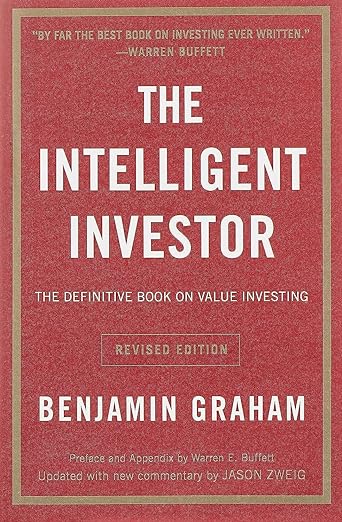Benjamin Graham on dollar-cost averaging

In Chapter 5 (The Defensive Investor and Common Stocks) of The Intelligent Investor, Benjamin Graham, the father of value investing, touched on various aspects of defensive investment, among which was dollar-cost averaging, an application of a “formula investment”.
Elaborating, he said: “The New York Stock Exchange has put considerable effort into popularizing its ‘monthly purchase plan’, under which an investor devotes the same dollar amount each month to buying one or more common stocks.”
“During the predominantly rising-market experience since 1949 the results from such a procedure were certain to be highly satisfactory, especially since they prevented the practitioner from concentrating his buying at the wrong times,” added Benjamin Graham.
The father of value investing cited a comprehensive study of formula investment plans in which the author Lucile Tomlinson presented a calculation of the results of dollar-cost averaging in the group of stocks making up the Dow Jones industrial index. The average indicated profit at the end of 23 ten-year buying periods was 21.5 per cent, exclusive of dividends received. There were of course some instances of a substantial temporary depreciation at market value.
The author of the study said: “No one has yet discovered any other formula for investing which can be used with so much confidence of ultimate success, regardless of what may happen to security prices, as Dollar Cost Averaging.”
From Wikipedia: “Dollar cost averaging (DCA) is an investment strategy that aims to apply value investing principles to regular investment. The term was first coined by Benjamin Graham in his book The Intelligent Investor. Graham writes that dollar cost averaging “means simply that the practitioner invests in common stocks the same number of dollars each month or each quarter. In this way he buys more shares when the market is low than when it is high, and he is likely to end up with a satisfactory overall price for all his holdings.”